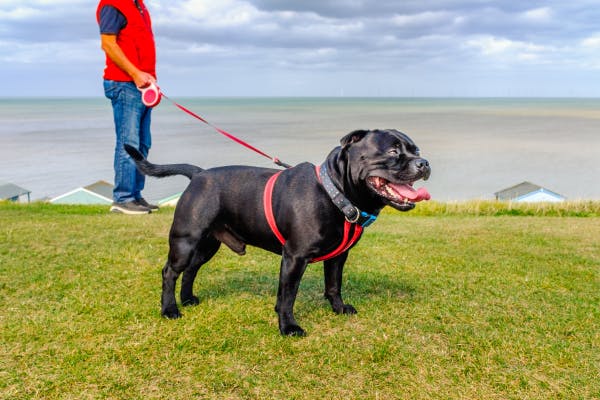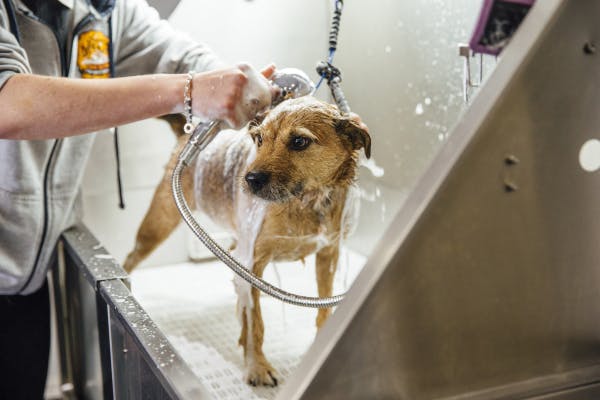#1 — Advantage Spot On Extra Large Dog Flea Treatment
 Advantage Spot On Extra Large Dog Flea Treatment
Advantage Spot On Extra Large Dog Flea Treatmentproduct rating:
- our rating93 out of 100
Advantage Spot On Flea Treatment 400 works well for large dogs. It is made for those weighing between 25-40kg. This treatment kills fleas fast and keeps them away for a long time. Within one day of using it, all fleas are gone. This gives quick relief to your pet. One use keeps fleas away for up to four weeks.
The box comes with four single-use tubes. This means you get four months of flea protection for your pet. You should apply it every four weeks to keep it working well. Even pets that stay inside most of the time need this regular treatment. It helps keep them free from the itching caused by fleas. Many pet owners say their pets scratch less within two days of using Advantage Spot On Flea Treatment 400. This shows how well it works and why many dog owners like it.
Where to buy in U.K.:
Price range:
What we like:
- Eliminates all fleas in one day
- Four weeks of protection per use
- Designed for large dogs
- Package includes four months of protection
What could be better:
- Not suitable for small dogs or other pets
- Requires regular application every four weeks













